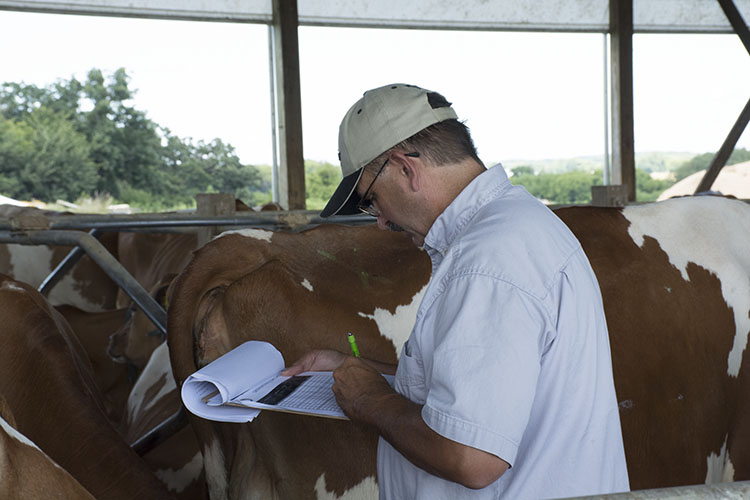
Does any sector of agriculture depend more upon good records than dairy farming?
Cow care, feeding, breeding, treatments, milk production, and ultimately the bottom line rely upon timely, accurate, and easy-to-access data about management inputs and outcomes.
The challenge is, gathering data takes time and effort, and every animal that comes or goes from the herd means more of them. Attention to detail and consistency are vital, yet as the number of people who make entries expands, so does the risk of errors.
John Wenz, D.V.M., an associate professor with the Field Disease Investigative Unit at Washington State University, emphasizes that the focus of record keeping should be on recording disease events and how they were managed, not simply treatment events.
“Accurate and consistent are two obvious characteristics of any 'good' records,” he pointed out. To be considered “good” he said records must support three critical functions:
1. Individual cow-level health management
– Know which cows were treated, when, and with what
– Cow removal and disease management decision-making
2. Herd-level health process management
– Protocol compliance oversight
– Preventive and therapeutic plan outcomes assessment
3. Residue avoidance and regulatory compliance
– Complete recording of all treatments
– Observation of milk and meat withdrawal times
Wenz has what he calls “3 Simple Rules for Good Health Records”:
1. Record all disease episodes, regardless of severity or therapy, and treat each quarter or foot as a separate episode.
2. Use a single, specific event for each disease; record diseases, not treatments; and differentiate clinical events from subclinicals and screening.
3. Record consistent event remarks by using the same information in the same order with the same abbreviations.
“Although these three rules are simple, their application to achieve accurate and consistent records on a dairy is not as easy as it seems (or should be),” he said. “Like any protocol, compliance is dependent on active, immediate feedback to those involved through the obvious use of those data and identification of errors in data entry that compromise record accuracy and consistency.”








